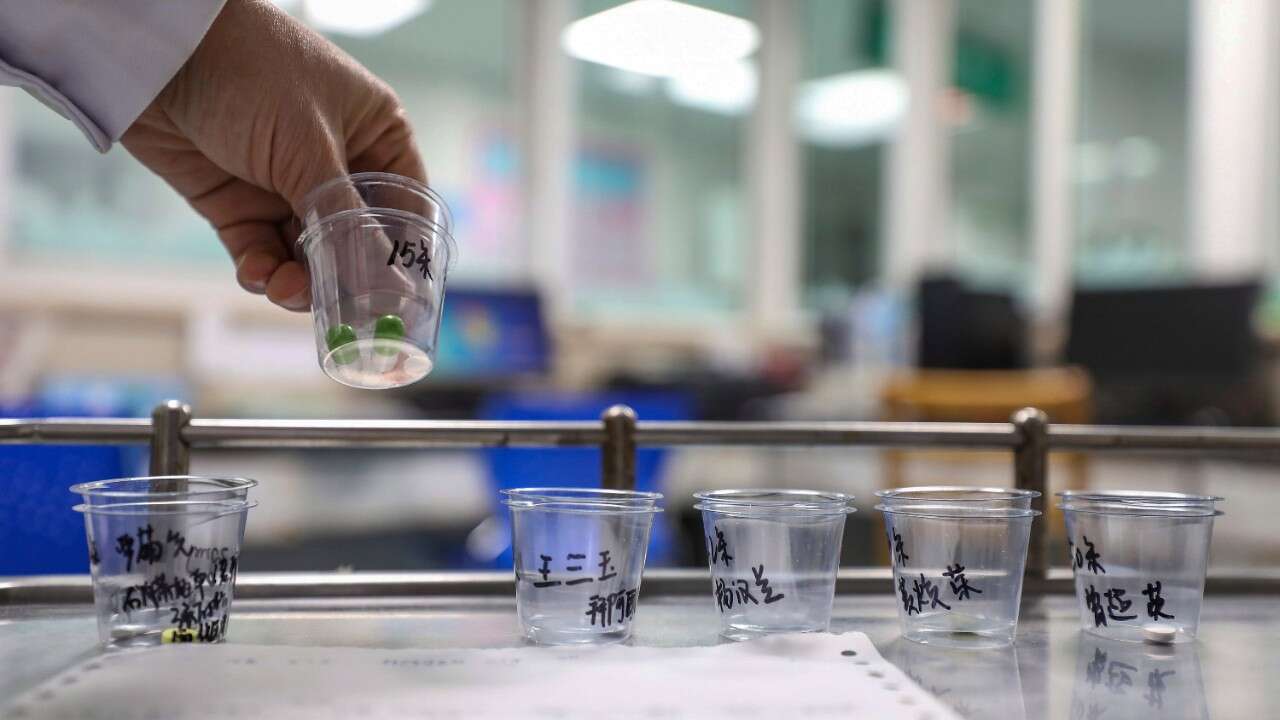Globally Coronavirus or COVID-19 pandemic has around 1,202,236 cases and total deaths have reached around 64,784 (Source: John Hopkins University) and still people are not sure how long will it last and how many lives will this pandemic take in its stride. DigiAnalysys tries to demystify the origin of Coronavirus, presently a global research topic.
Chinese research on Coronavirus was published by Botao Xiao and Lei Xiao. Botao Xiao is a researcher at Joint International Research Laboratory of Synthetic Biology and Medicine and School of Biology and Biological Engineering, South China University of Technology, Guangzhou and School of Physics, Huazhong University of Science and Technology, Wuhan. Lei Xiao is a researcher from Tian You Hospital, Wuhan University of Science and Technology, Wuhan.
The coronavirus research was published on February 6, 2020 in ResearchGate, an European commercial social networking site for scientists and researchers to share papers. The research was supported by the National Natural Science Foundation of China (NSFC) and managed by the the Ministry of Science and Technology (MOST), Government of China. So, this is a credible research as it is funded by the Chinese government and done by Chinese researchers.
NSFC was supporting this research. The organisation has comprehensively introduced and implemented a rigorous and objective merit-review system to fulfill its mission of supporting basic research, fostering talented researchers, developing international cooperation and promoting socio-economic development. NSFC’s annual budget has increased from 80 million RMB in 1986 to 31.11 billion RMB in 2019. The organisation encourages international cooperation and exchange in basic research and has signed 93 cooperative agreements or MoUs with partners in 49 countries and regions.
An article published on The Lancet reported that 41 people in Wuhan were found to have acute respiratory syndrome and 27 of them had contact with Huanan Seafood Market. The 2019-nCoV was found in 33 out of 585 samples collected in the market after the outbreak. The market was suspicious to be the origin of epidemic and was shut down according to the rule of the quarantine the source during an epidemic.
The bats carrying CoV ZC45 were originally found in Yunnan or Zhejiang provice which is more than 900 Kms from Huanan Seafood Market. Bats were normally found to live in caves and trees but the Huanan Seafood Market is in a densely populated district of Wuhan having 15 million poulation. According to municipal reports and testimonies of 31 residents 28 visitors, the bat was never a food source in the city and no bat was traded in the market. So, the researchers rule out Huanan Seafood Market.
The researchers screened the area around seafood market and identified two research laboratories - Wuhan Centre for Disease Control & Prevention (WHCDC) and Wuhan Institute of Virology, Chinese Academy of Sciences conducting research on bat coronavirus.
Within 280 meters from seafood market was WHCDC which hosted animals in laboratories for research purpose. In one of their studies, 155 bats including Rhinolophus affinis were captured in Hubei province and other 450 bats were captured in Zhejiang province. The expert in collection was noted in the Author Contributions (JHT). Morever, he was featured for collecting viruses in newspapers and websites in 2017 and 2019. He described that he was once attacked by bats and the blood of a bat was shot in his skin. He knew the extreme danger of the infection so he quarantined himself for 14 days. In another accident, he quarantined himself again because bats peed on him. The surgery was performed on bat and the tissue sample was collected for DNA and RNA extraction and sequencing. The tissue sample and contaminated trashes were sources of pathogens. The WHCDC was also close to Union Hospital where the first group of doctors were infected so it is plausible that the virus leaked around and some to them contaminated the initial patients.
The second laboratory was Wuhan Institute of Virology, Chinese Academy of Sciences. The lab reported that the Chinese horseshoe bats were natural reservoirs for the severe acute respiratory syndrome coronavirus (SARS-CoV) which caused 2002-03 pandemic. The principle investigator participated in a project which generated a Chimericvirus using the SARS-CoV reverse genetics system and reported the potential for human emergence. A direct speculation was that SARS-CoV or its directive might leak from the laboratory.
In summary, somebody was entangled with the evolution of 2019-nCoV coronavirus. In addition to origins of natural recombination and intermediate host, the killer coronavirus probably originated from a laboratory in Wuhan. The researchers also had two recommendations. First, the safety level may need to be reinforced in high risk biohazardous laboratories an second, regulations may be taken to relocate these labs far way from city center and other densely populated places so that the danger to lives are minimal.
So we can conclude form this research that the probable origin of coronavirus was Wuhan Laboratories and focus for Chinese scientist was to study DNA and RNA extraction and sequencing of bats.
